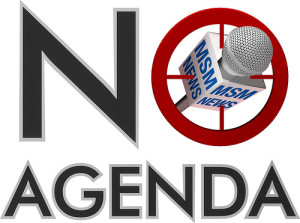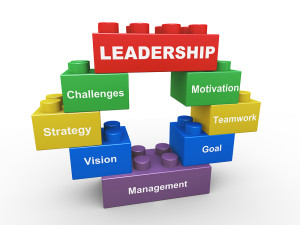This week my wife, Leah, will be honored as the recipient of the Award for Creative Expression of Human Values in Neurology by the American Academy of Neurology (AAN) at their annual conference. She’s receiving the award as a result of an excellent poem she wrote, which was published in Neurology, a prestigious journal of the AAN.
Leah is quite an amazing woman. As a medical doctor of neurology, one would assume that she is very well educated, which she is. In addition to her MD degree, she has also completed a master’s degree program at Oxford University, as well as a fellowship in behavioral neurology, and she is currently working on a master’s degree in public health (she says she’s done after this).
It’s not her education alone that makes her amazing, though. Although the list of what does make here amazing is very long, most relevant to this article are her talents. She plays tennis quite well, she knits very well, she sings in the church choir, she draws and paints very well, and she’s skilled as a coxswain in the sport of rowing. Also, as mentioned at the start of this article, she writes award-winning poetry in her spare time.
One day I was reflecting on all the things she does well, and it occurred to me that this may help explain why Leah is also an excellent doctor, who is building a reputation for being as skilled at working with challenging diagnoses as she is at interacting with patients in a way that helps them feel truly heard and cared for.
As I reflected on Leah’s many talents, it occurred to me that many people who are highly skilled at one thing, or perhaps even world class at one thing, are often highly skilled in other areas as well. Some of these well-known people include:
- Steve Martin – A talented comedian and actor who has also been nominated for Grammy Awards for his skill as a banjo player
- Gina Davis – A talented actress who also almost made the US Olympic Team for the 2000 summer games with her skill in archery
- Paul Robeson – A talented singer and actor who was also a professional athlete, writer, multi-lingual orator, and lawyer
- Albert Schweitzer – A musician, theologian, physician, philosopher, peace activist, and humanitarian who won the Nobel Prize in 1952
and, perhaps the most renowned of all multi-talented people,
- Benjamin Franklin – As written on his Wikipedia page, “A leading author, printer, political theorist, politician, postmaster, scientist, inventor, civic activist, statesman, and diplomat.”
Boosting Both Engagement and Creativity
Some other notable names on the list of multi-talented people are Leonardo Da Vinci, Isaac Asimov, Isaac Newton, Thomas Jefferson, and Aristotle. Each of these people had something in common besides being polymaths – they were all highly creative and they were innovators.
It seems that creativity is enhanced significantly when people are involved in a variety of unrelated activities. Perhaps this allows different parts of the brain to activate and help a person make connections that other people don’t make.
A wonderful way to serve team members is to create an environment similar to what the notable polymaths above must have had. We can do this by allowing people some time to combine their natural passions and talents with their work. This clearly makes work more fun and boosts engagement, but it can also enhance creativity and the propensity for innovation.
One simple way to create a more stimulating environment would be to give team members some “flex time.” Google has led the way with this idea, offering employees as much as 20% of their paid time to work on any project that interests them that is not in their job description. Many of Google’s innovations have been borne as a result of pet projects started during flex time.
What are some ways you could allow team members to combine their passions and talents with their work?
______
Did you like what you read?
You can sign up here to get all my posts via our free eZine, which is full of great articles on personal and leadership development. You’ll also get a $15 eBook for free.
Image credit – http://www.qtgoldcoast.com.au/qt-life/art/contortionist-art/
















